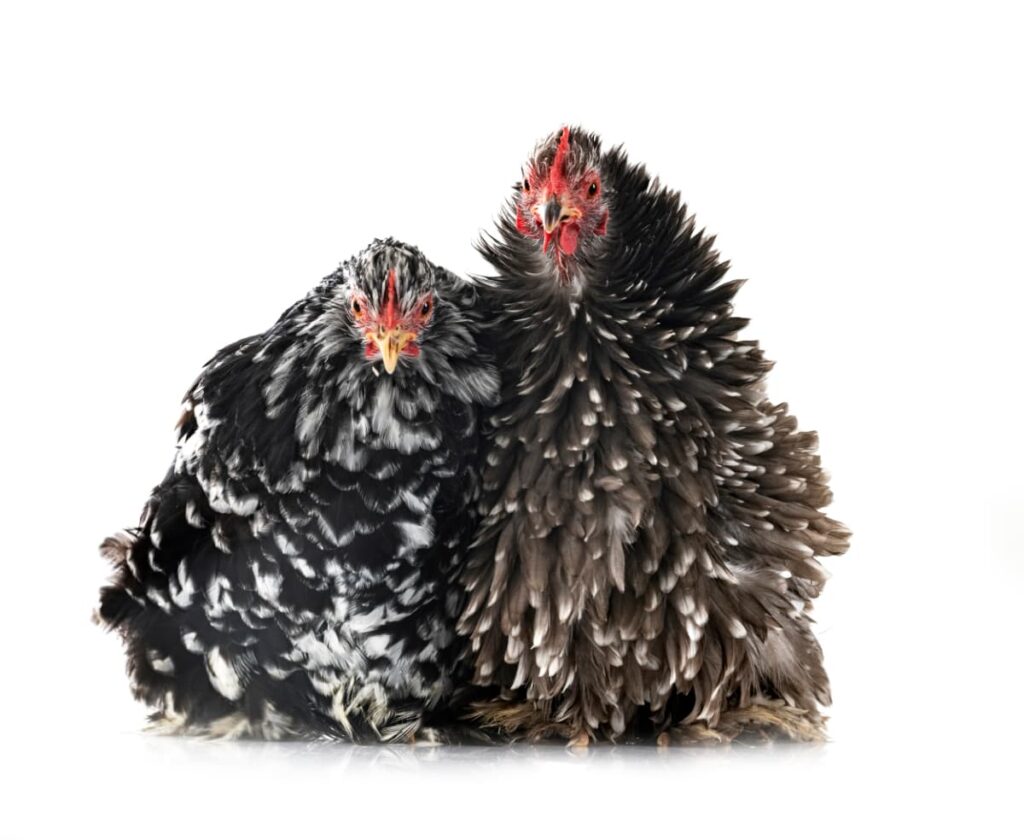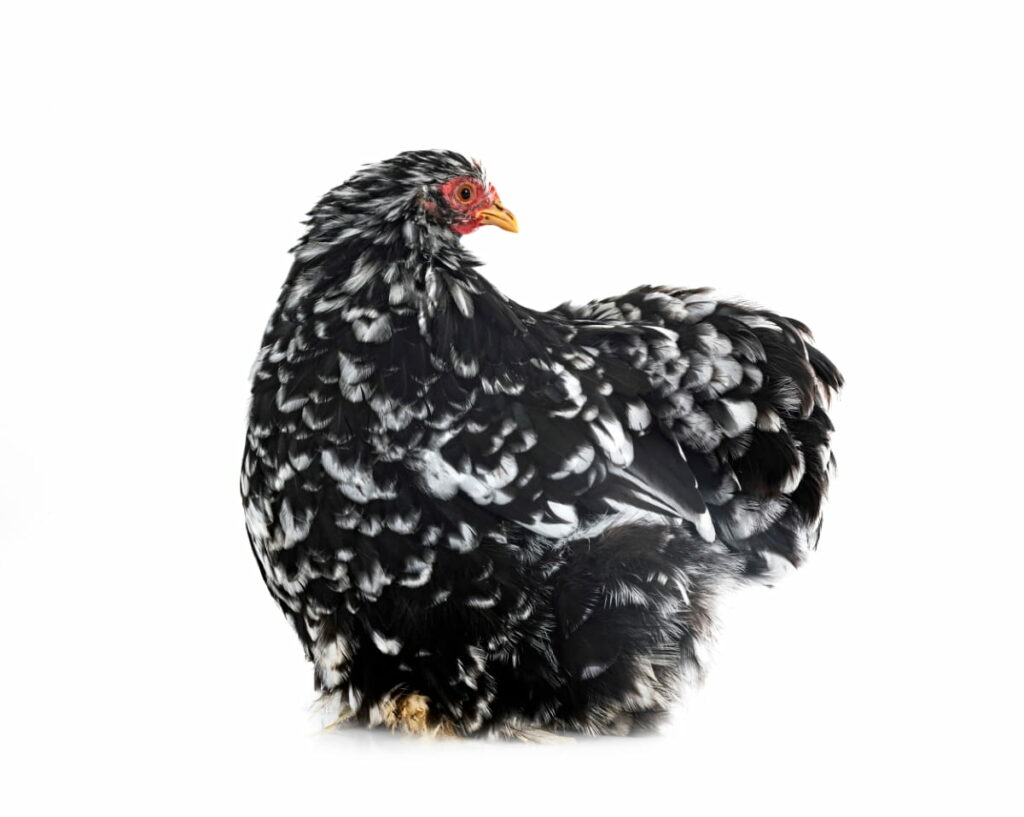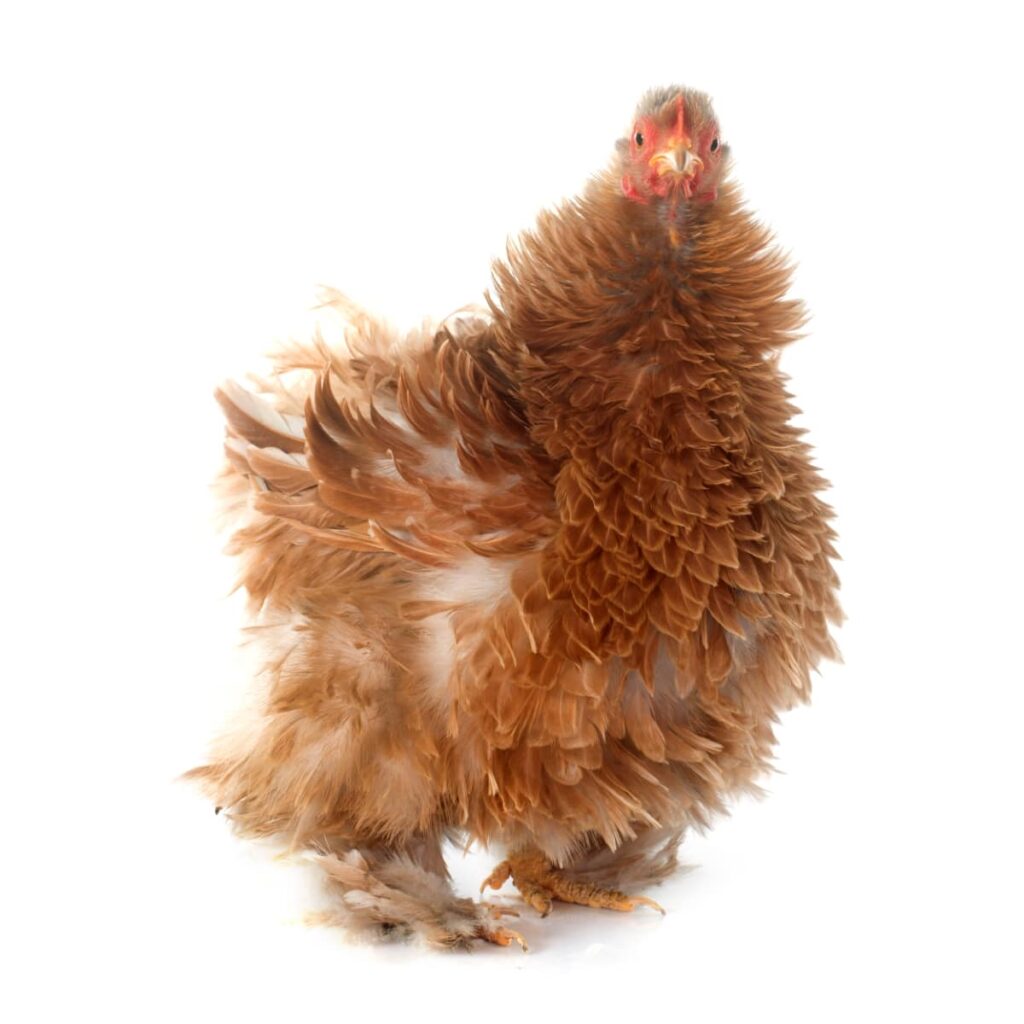Pekin Bantams, originating from China, are miniature counterparts of the larger Pekin chicken breed. Known for their fluffy feathers, rounded bodies, and short legs, these bantams exhibit a charming appearance. With a rich history tracing back to the 1800s, they were initially bred for ornamental purposes favored by Chinese royalty. Their gentle disposition and striking appearance have made them popular among poultry enthusiasts worldwide. The Pekin bantam chickens price range between $15-20.
Why Choose Pekin Bantams for Your Backyard
Pekin Bantams are ideal for backyard poultry keeping due to their compact size, docile nature, and attractive appearance. They make delightful additions to any flock, adding aesthetic appeal with their unique colors and feather patterns. Their adaptability to confinement or free-ranging environments makes them suitable for various backyard setups.

Raising Pekin Bantams
Getting Started with Pekin Bantams
Choosing the Right Birds: What to Look for
When selecting Pekin Bantams, prioritize health, vitality, and breed standards. Look for birds with bright eyes, clean feathers, and alert behavior. Opt for individuals with well-proportioned bodies, balanced stances, and vibrant plumage. Ensure they exhibit friendly and sociable temperaments, essential for easy handling and integration into your flock.
Setting Up Your Coop: Essential Considerations
As Pekin Bantam essentials, create a safe and comfortable environment for your Pekin Bantams by providing adequate space, ventilation, and protection from predators. Choose sturdy materials for coop construction and incorporate nesting boxes, perches, and bedding for comfort. Ensure access to clean water and nutritious feed, and regularly clean the coop to maintain hygiene. Consider factors like climate, terrain, and local regulations when designing your coop to optimize the well-being of your bantams while minimizing maintenance requirements.
Daily Care and Management
Feeding Your Pekin Bantams: Nutrition Tips
Provide a balanced Pekin bantam diet consisting of commercial poultry feed supplemented with fresh fruits, vegetables, and occasional treats like mealworms or grains. Ensure access to clean water at all times and adjust feed quantities based on age, activity level, and seasonal needs. Monitor for signs of malnutrition or obesity and consult with a poultry nutritionist for tailored dietary recommendations to support optimal health and productivity.
Routine Care: Cleaning, Health Checks, and Comfort
Maintain a clean and sanitary coop environment by regularly removing soiled bedding, disinfecting surfaces, and managing waste. Conduct routine health checks to detect signs of illness, injury, or parasites early, addressing any issues promptly. Provide ample space for exercise and dust bathing, promoting physical and mental well-being.
Health and Wellness
Preventing Common Health Issues in Pekin Bantams
For bantam chicken health, ensure they have access to clean water, a balanced Pekin bantam diet, and clean surroundings to minimize the risk of common issues like respiratory infections, mites, and parasites. Practice biosecurity measures to avoid the introduction of diseases to your flock, such as quarantining new birds and limiting exposure to wild birds. Provide regular dust baths and inspect your bantams regularly for signs of illness or discomfort.
Seek Veterinary Care: Signs and Symptoms
Look out for symptoms such as decreased appetite, lethargy, abnormal droppings, respiratory distress, or unusual behavior. Keep an eye on changes in Pekin bantam eggs production or quality. If you notice any of these signs or suspect an injury or illness, consult a poultry veterinarian promptly. Early intervention will prevent minor issues from developing into more serious health problems, ensuring the well-being of your flock.
In case you missed it: Cheapest Ways to Make Chicken Feed at Home: Explained with Ingredients for Layers and Broilers

Breeding Pekin Bantams
The Basics of Pekin Bantam Breeding
Start by selecting breeding pairs with desirable traits such as Pekin bantam chickens temperament, conformation, and coloration. Provide appropriate nesting areas and ensure optimal environmental conditions for mating and egg laying. Monitor breeding bantam chickens behavior closely and collect eggs promptly for incubation to maximize hatch rates.
Managing a Successful Hatch: Incubation to Chick Care
Maintain temperature and humidity levels in the incubator consistently, regularly turning eggs to ensure proper keeping of Pekin bantams. Monitor progress closely and intervene if any issues arise, such as pipped eggs or stalled hatching. After hatching, provide a warm and draft-free brooder environment with access to fresh water and starter feed formulated for chicks. Monitor chicks for signs of distress and provide appropriate care to promote healthy growth and development.
Pekin Bantam Chicken Behavior and Socialization
Understanding Pekin Bantam Behavior
They are generally sociable birds, displaying curious and friendly demeanor towards humans. However, they can also be territorial, especially during breeding season. Providing enriching environments with opportunities for foraging and dust bathing helps satisfy their instincts, reducing stress and promoting overall well-being.
Social Needs: Integrating with Other Chickens
Introduce new birds gradually, allowing them to become familiar with each other through visual barriers before direct interaction. Monitor interactions closely, intervene if aggression occurs, and provide ample space and resources to prevent competition. Establishing a stable pecking order is normal, but intervene if bullying or aggression becomes excessive.
Feeding and Nutrition
Crafting the Perfect Diet for Your Pekin Bantams
For feeding bantam chickens, provide high-quality commercial poultry feed formulated specifically for bantam chicken breeds. Supplement Pekin’s diet with fresh greens, vegetables, and fruits to provide variety and additional nutrients. Adjust feed quantities based on age, activity level, and seasonal needs, and monitor body condition to prevent under or overfeeding.
Supplements and Treats: What’s Beneficial?
Offer treats such as mealworms, fruits, vegetables, and grains in moderation as rewards or enrichment activities. It’s essential to avoid excessive supplementation, as it disrupts the nutrient balance in their diet. Consult with a poultry nutritionist or veterinarian to determine appropriate supplements and treats based on the specific needs of your flock.
Housing and Environment
Designing a Pekin Bantam-Friendly Coop: Bantam Coop Design
Ensure adequate space for roosting, nesting, and dust bathing, with at least 2-3 square feet per bird of indoor space and ample ventilation to prevent respiratory issues. Incorporate nesting boxes with soft bedding, perches at varying heights, and ramps for easy access. Consider features like removable trays for easy cleaning and windows for natural light.
Outdoor Space: Ensuring Safety and Stimulation
Secure the outdoor area with sturdy fencing to prevent escape and protect against predators. Provide shade, shelter, and areas for dust bathing and scratching. Incorporate vegetation, logs, and other natural elements to stimulate their natural behaviors and provide hiding spots. Rotate access to different areas of the outdoor space to prevent overgrazing and maintain environmental enrichment.
Seasonal Care Considerations: Bantam Chicken Care
Preparing Your Pekin Bantams for Winter
Insulate the coop and provide supplemental heat if necessary, using safe heating sources to prevent fire hazards. Check for drafts and seal any gaps to maintain warmth. Increase bedding thickness to provide additional insulation and encourage natural roosting behaviors. Monitor for signs of frostbite on combs and wattles, and apply petroleum jelly as a protective barrier.
Summer Care: Beat the Heat with These Tips
Ensure adequate ventilation in the coop to promote airflow and reduce heat buildup. Provide shade and access to cool and fresh water always, using misters or shallow water trays to help them cool down. Limit their exposure to sunlight in the hottest parts of the day and provide cooling areas such as damp soil or shallow pools for dust bathing.
In case you missed it: Top 13 Tallest Chicken Breeds in the World

Common Challenges and Solutions
Addressing Behavioral Issues: Pecking Order and Aggression
To address these challenges, provide ample space, resources, and environmental enrichment to minimize competition. Introduce new birds gradually, allowing them to establish their place within the social hierarchy without excessive conflict. Monitor interactions closely and intervene if bullying or aggression occurs, separating aggressive birds if necessary. Provide distractions like hanging treats or additional roosting space to redirect aggression.
Overcoming Environmental Challenges: Predators, Weather, and More
Implementing proper predator-proofing measures such as secure fencing, predator-proof coop construction, and predator deterrents can help protect your flock from harm. Provide shelter, insulation, and ventilation to mitigate the effects of adverse weather conditions such as cold temperatures, heat waves, and storms. Practice good biosecurity protocols to prevent the introduction and spread of diseases, including quarantine procedures for new birds and regular health monitoring.
In case you missed it: How to Raise Frizzle Chickens: A Comprehensive Guide for Beginners

Conclusion
In conclusion, raising Pekin Bantams successfully requires careful attention to their unique needs and behaviors. With proper care and management, raising bantam chickens can be delightful additions to any backyard poultry enthusiast’s flock, bringing joy and fulfillment for years to come.
- Crops Grown in Summer Season: Best Choices for Summer Gardening
- Organic Pest Control for Tomato Farming
- How to Maximize Sheep Farming Profit
- Broccoli Varieties: Choosing the Right Cultivars for Your Farm
- How to Raise Pigs in Your Own Backyard: A Comprehensive Guide
- Budget Friendly Sheep Shed Ideas: Cheap and Low-Cost Tips
- How Much Do Cattle Farmers Make: Revenue Streams in Cattle Farming
- Management Pests and Diseases in Your Cotton Field
- Sheep Farming Business Plan for Beginners
